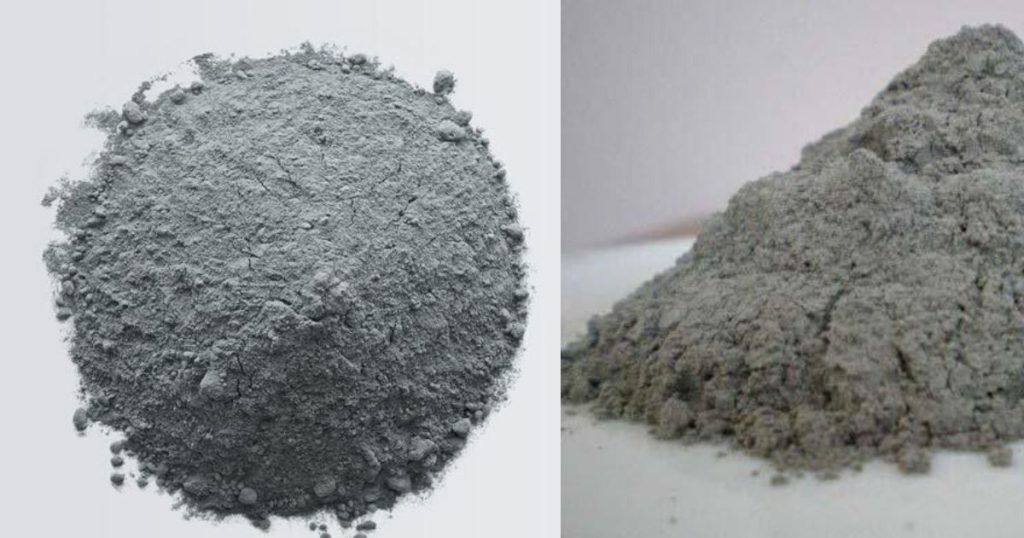The cost of preparing concrete from industrial solid wastes such as red mud and fly ash can be 25% lower than that of similar concrete!
Concrete, the most widely used artificial material in the world, is made of cement, water, stones, sand, and a small amount of additives. Cement is the most important material in concrete. The global annual cement production reaches 4.6 billion tons, and China contributes more than half of it.

Cement production requires the combustion and decomposition of minerals such as calcium carbonate, which is a process with high energy consumption and high pollution: every ton of cement produced will emit about one ton of carbon dioxide. More than 4 billion tons of greenhouse gas emissions from cement production each year account for 6-8% of total global human greenhouse gas emissions, equivalent to the total annual emissions of 600 million cars (all cars in China, the United States, and Europe) . Finding clean alternatives to cement is a worldwide problem.
At the same time, bulk solid wastes such as fly ash, iron ore powder, and red mud have caused a lot of accumulation and environmental pollution (fly ash is the waste from coal-fired power generation, iron ore powder is the waste from steel production, and red Mud is the waste from the aluminium production process). The world produces 450 million tons of fly ash, more than 300 million tons of iron ore powder, and 150 million tons of red mud every year. Due to the very low utilization rate, billions of tons of fly ash, iron ore powder and red mud have been piled up and buried in the world.
The technology uses simple and easy-to-produce additives to stimulate the active ingredients in fly ash, iron ore powder, and red mud, and achieves the effect of completely replacing cement with solid wastes such as fly ash to produce commercial concrete and other cement products.
The concept of replacing cement with red mud, fly ash, etc. to produce concrete has existed for decades, but it has not been widely used due to low strength, high price, high temperature curing, and difficulty in controlling setting time.
Through years of research, the developers of this technology have overcome the above problems, making mass production of this technology possible, and have achieved success in the mass production of fly ash concrete developed in China and the United States.
The main features of this technology are:
1) Environmental protection and emission reduction: the carbon footprint of concrete is reduced by 86%;
2) The cost is more than 25% lower than that of similar concrete;
3) No need for cement, normal temperature maintenance;
4) The compressive strength is more than 25% higher than that of similar concrete;
5) The slump, setting time, shrinkage, creep and other properties are similar to or even better than ordinary concrete;
6) All durability tests and safety tests meet the international standards of China and similar products.
Fly ash, iron ore powder, and red mud to replace cement have important applications in the field of environmental protection building materials. Compared with ordinary concrete, geopolymer concrete using red mud fly ash instead of cement has the following advantages:
1) Solid wastes such as fly ash, mineral powder and red mud can completely replace cement;
2) All performance indicators meet the standards, and the strength is excellent,
3) Save the cost of cement;
4) Dispose of bulk solid wastes such as fly ash, mineral powder, red mud;
5) The price of additives is similar to that of ordinary concrete additives;
6) Fly ash and red mud concrete have obvious advantages in performance, price, and environmental protection.
